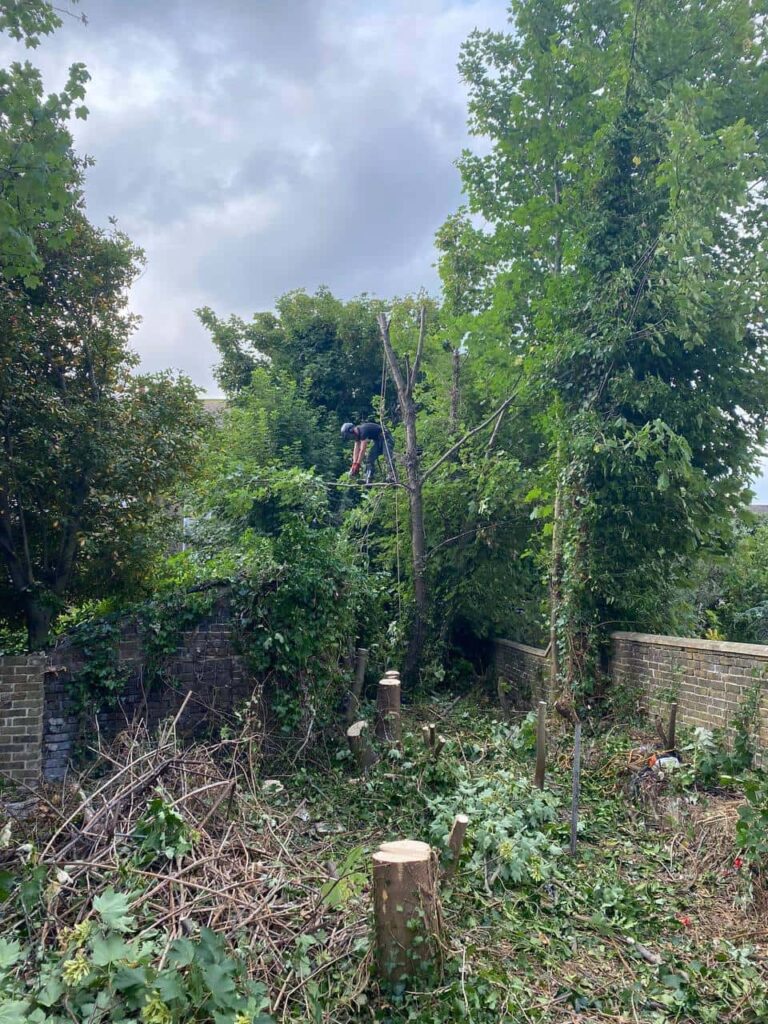Strengthening Stability: Trimming Trees for Slope Stabilisation with Great Yarmouth Tree Surgeons
Introduction: In regions characterised by sloping terrain, the stability of slopes is a paramount concern for property owners, municipalities, and environmental stewards alike. Unstable slopes pose risks of erosion, landslides, and property damage, making proactive measures essential to safeguarding human safety and ecological integrity. At Great Yarmouth Tree Surgeons, we recognise the critical role that tree trimming plays in slope stabilisation efforts. In this blog post, we’ll explore the importance of tree trimming for slope stabilisation and highlight effective strategies for achieving optimal results.
Understanding the Importance of Slope Stabilisation
Slope stabilisation is crucial for mitigating the risks associated with soil erosion, surface runoff, and slope failure. Unstable slopes pose immediate hazards to infrastructure and property and contribute to long-term environmental degradation, including habitat loss and sedimentation in water bodies. Enhancing slope stability can preserve the integrity of ecosystems, protect valuable assets, and ensure the safety of communities living in slope-prone areas.
The Role of Tree Trimming in Slope Stabilisation
Thanks to their extensive root systems and canopy structure, trees play a multifaceted role in slope stabilisation. Properly trimmed trees can contribute to slope stability in the following ways:
- Root Reinforcement: Tree roots penetrate deep into the soil, anchoring it and providing structural support against erosion and slope movement. Trimming trees near slopes can encourage root growth and prevent root entanglement, minimising the risk of destabilising the slope.
- Canopy Management: Dense foliage can exacerbate slope instability by increasing soil moisture through interception of rainfall and transpiration. Strategic canopy trimming allows for better airflow and sunlight penetration, reducing soil moisture and mitigating the risk of shallow landslides.
- Debris Management: Overhanging branches and accumulated leaf litter can contribute to debris flow during heavy rainfall, exacerbating erosion and slope instability. Regular tree trimming helps prevent debris buildup and promotes effective drainage along slopes.
Effective Strategies for Tree Trimming and Slope Stabilisation
- Assessment and Planning: Conduct a thorough assessment of the slope and surrounding vegetation to identify potential hazards and determine the appropriate trimming approach. Develop a comprehensive trimming plan that addresses the specific needs of each tree species and considers slope geometry and soil conditions.
- Selective Pruning: Focus on removing dead, diseased, or structurally weak branches that pose risks of falling or obstructing proper drainage. Avoid excessive pruning that may compromise the tree’s stability or health.
- Root Zone Protection: Take measures to protect the root zone of trees, including avoiding soil compaction and minimising disturbance during trimming activities. Implement erosion control measures such as mulching and revegetation to stabilise exposed soil and promote root growth.
- Regular Maintenance: Schedule periodic tree trimming and maintenance to ensure ongoing slope stability and vegetation management. Monitor the effectiveness of trimming efforts and adjust to address changing slope conditions.
Conclusion: Tree trimming is a valuable tool in the arsenal of slope stabilisation techniques, offering structural reinforcement and environmental benefits. By partnering with experienced tree surgeons, property owners and land managers can implement effective trimming strategies that enhance slope stability while preserving slope environments’ natural beauty and ecological integrity.
Call us on: 01493 807 192
Click here to find out more about Great Yarmouth Tree Surgeons
Click here to complete our contact form and see how we can help with your tree’s needs.

